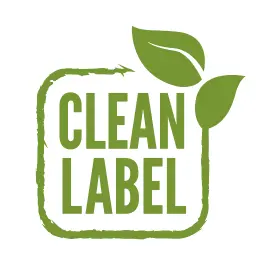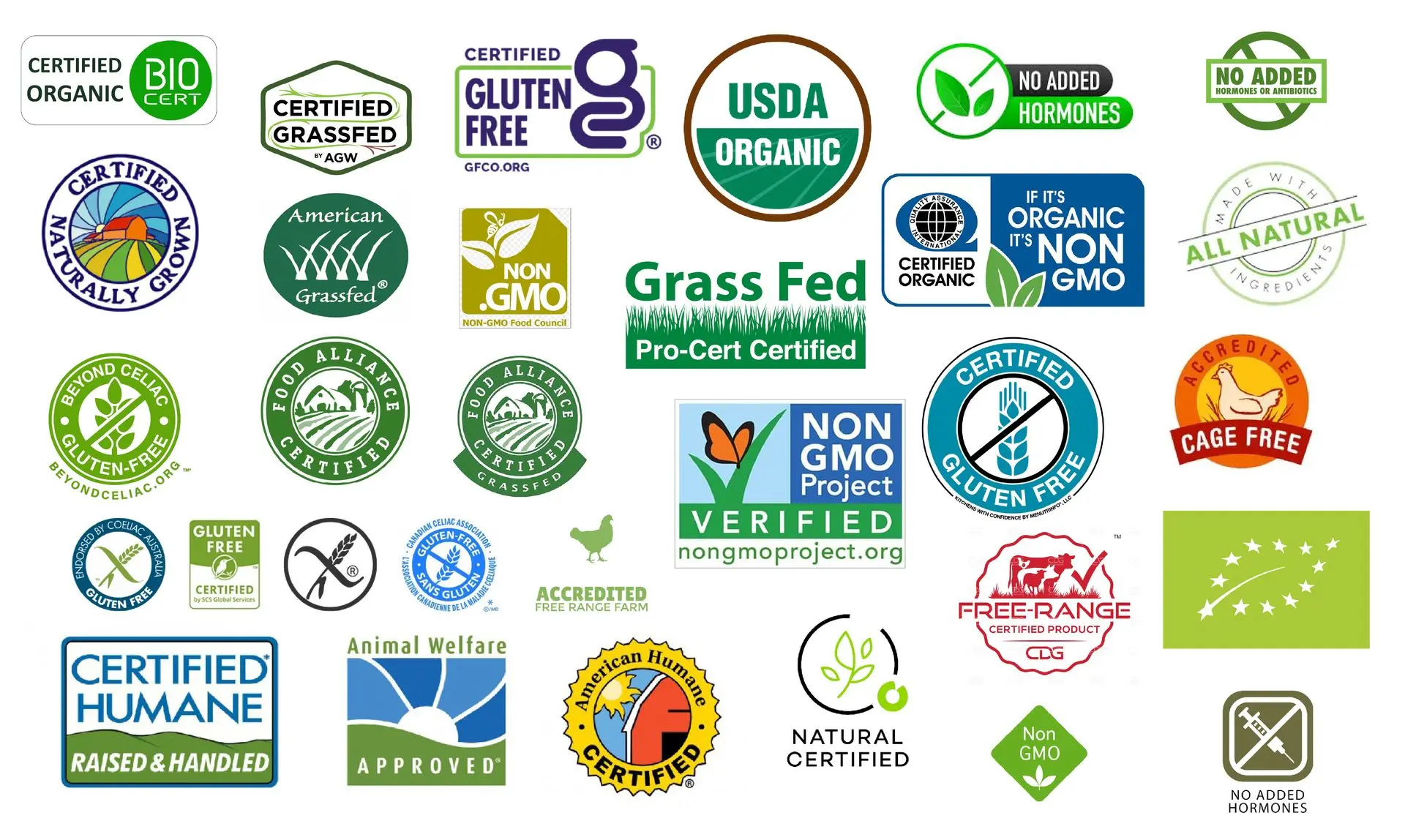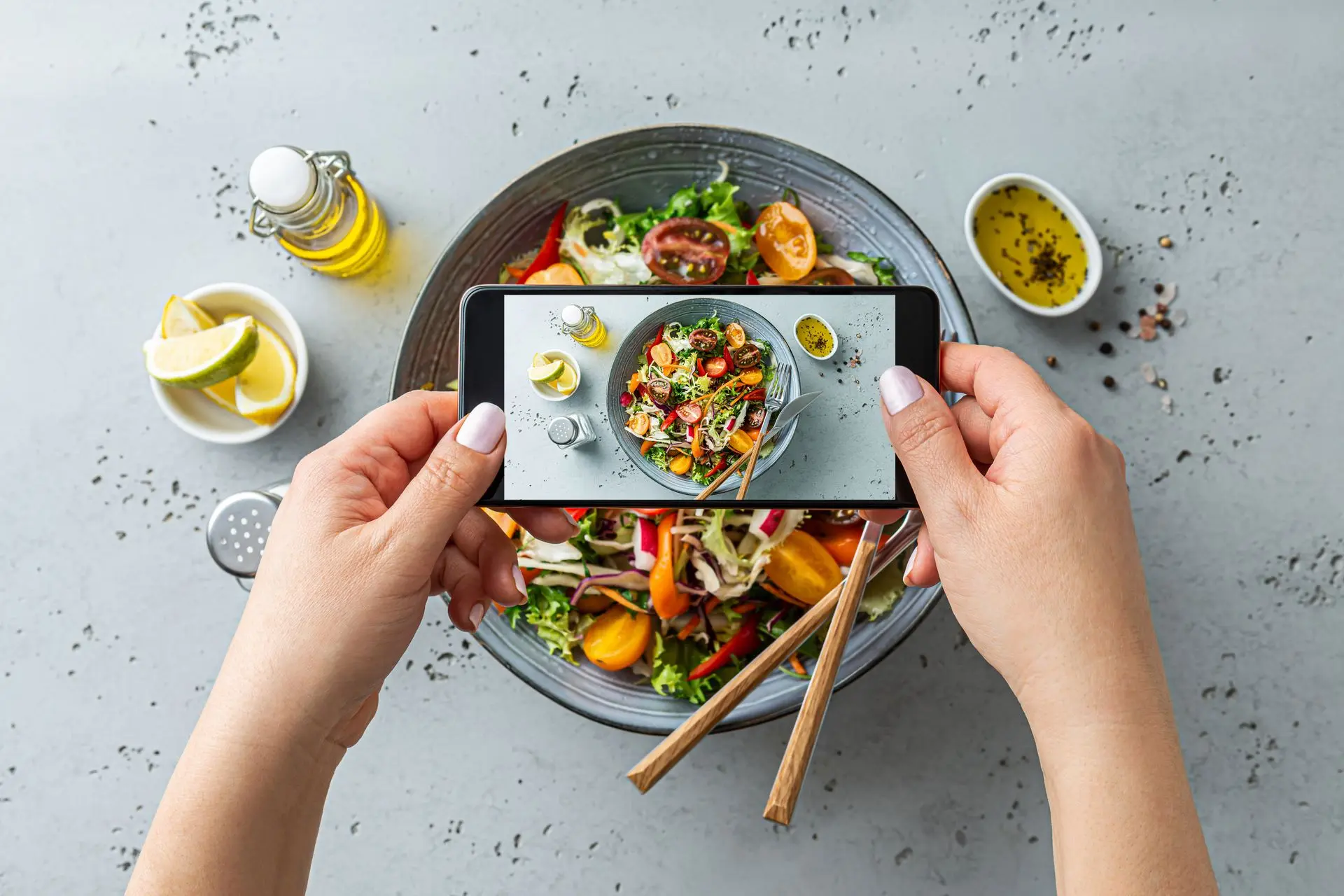The clean label movement has fundamentally transformed the food and beverage industry over the past several decades, evolving from a niche concept to a dominant force shaping consumer purchasing decisions and product development strategies [1]. This movement represents more than just a trend—it reflects a profound shift in how consumers perceive food quality, safety, and transparency [2].
Origins and Early Development
The origin of clean labeling
The clean label movement traces its origins back to the 1980s when consumers first began avoiding E-numbers listed on food labels due to concerns about their association with negative health effects [3]. However, the roots of this movement extend even further, emerging from the health food movements of the 1970s and 1980s when consumers began questioning packaged and processed foods [2].

Initially, the clean label movement was driven by a desire
to avoid genetically modified foods in the late 1990s [4]. The concept then evolved to focus on removing e-numbers,
artificial colors, and additives from product formulations [4]. This early phase was characterized by consumer demand for
ingredients they could recognize and find in their own kitchen pantries [1].
Acceleration in the Digital Age
The movement gained significant momentum at the start of the new millennium, driven by technological advances and the emergence of the internet [2]. Digital platforms enabled consumers to access detailed information about food ingredients, preparation methods, and potential health impacts more easily than ever before [2]. Social media emerged as a powerful catalyst, allowing health-conscious individuals and advocacy groups to raise awareness about clean labels and ingredient transparency [2].
Market Growth and Commercial Impact
Explosive Market Expansion
The commercial impact of the clean label movement has been substantial. Global sales of clean label food products reached $180 billion in 2020, with the clean label ingredients market projected to grow from $50.2 billion in 2024 to $69.3 billion by 2029, representing a compound annual growth rate (CAGR) of 6.7% [5].
Industry Adoption
The trend gained widespread corporate adoption around 2016, when major international consumer packaged goods companies and restaurant operators committed to "going clean label" [7]. Notable examples include Kellogg's and Campbell's pledging to remove artificial colors and flavors from all their products by 2018, Mondelēz committing to similar reformulations, and Panera Bread eliminating artificial colors, sweeteners, flavors, and preservatives by 2016 [7].
Recent research indicates that 99% of European manufacturers now see clean label products as essential to their business strategy, with 87% already incorporating these principles into their products [8]. Clean label products are projected to dominate portfolios within the next two years, making up over 70% of product lines—up from 52% in 2021 [8].
Consumer Behavior and Demographic Trends
Generational Differences in Clean Label Perception
Consumer understanding and prioritization of clean label varies significantly across generations [9]. Millennials and Generation Z demonstrate the strongest commitment to clean label products, with 46% of millennials and 45% of Gen Z willing to pay extra for clean label items, compared to 31% for Gen X and 19% for baby boomers [9].
The definition of "clean label" also varies by age group. For millennials and Gen Z, "organic" ranks as the top clean label characteristic, while baby boomers and Gen X prioritize "no additives/preservatives" as their primary concern [9]. Generation Z specifically associates clean label with "animal friendly" attributes, reflecting their broader environmental and ethical concerns [9].
The Expanding Definition of Clean Label
From Simple Ingredients to Holistic Values
The definition of clean label has expanded dramatically over time [11]. Originally focused on organic, natural, no additives, vegan, and preservative-free products, the classification now includes minimally processed foods, dairy alternatives, meat substitutes, and sugar/salt/fat reformulations [11].
Today's clean label movement encompasses human and animal welfare, supply chain transparency, sustainable sourcing, and plant-based nutrition [11]. Ethical claims, including environmental considerations, have become increasingly important, with plant-based claims rising 68% from 2014 to 2021 [11].

The "No-No List" Phenomenon
A significant trend in clean label evolution is the focus on what's not included in products—the so-called "no-no list" of ingredients [7]. Consumer surveys reveal that the most popular claim is "no artificial ingredients," followed by "no preservatives," "locally produced/sourced," and "all natural" [7]. This shift demonstrates that three out of the top four consumer preferences center on ingredient exclusion rather than inclusion [7].
Impact of COVID-19 on Clean Label Trends
Pandemic-Driven Acceleration
The COVID-19 pandemic significantly accelerated clean label trends, with consumer purchasing patterns potentially pushing ingredient sales figures higher than the projected 6.75% annual growth to $51.1 billion by 2024 [12]. The pandemic heightened focus on health, wellness, and food safety, leading to increased health-conscious purchases [13].
Research indicates that over half of consumers aged 18 and older made major changes to their eating habits during the pandemic, with 50% prioritizing healthy eating and 33% prioritizing sustainability [14]. The pandemic also drove increased demand for fresh, unprocessed foods, with nearly half of consumers globally purchasing more such products over the past year [15].
Shift in Consumer Priorities
COVID-19 influenced clean label perceptions beyond traditional food attributes [12]. The pandemic made consumers consider overall cleanliness of retail and foodservice operations, expanding the concept of "clean" beyond product labels to encompass preparation and server hygiene [12]. Despite this broader focus, consumers maintained their emphasis on clean label attributes for both at-home and out-of-home food purchases [12].
Digital Influence and Social Media Impact
Social Media as a Catalyst
Social media platforms have played a crucial role in shaping consumer perceptions of clean label products [16]. Platforms like Instagram and Facebook provide forums for consumers to share experiences and opinions about food products, significantly influencing purchasing decisions [16]. Research shows that social media influencers can have substantial impact on consumer attitudes toward clean label products [16].

The conversation around clean label has dramatically shifted from corporate-dominated discourse to consumer-driven dialogue [17]. Between 2016 and 2018, there was a notable transition from corporate sources to consumer platforms, with Instagram and Facebook moving up the rankings to become primary sources of clean label discussions [17].
Digital Transparency Demands
The digital age has fundamentally altered the relationship between food companies and consumers, moving away from traditional "offer/reject" dynamics toward participatory culture where consumers wield influence beyond purchasing power [18]. This shift has created demand for greater transparency, with 70% of consumers using digital food resources at least weekly [18].
Consumer expectations for transparency have become increasingly sophisticated, with 62% of respondents viewing companies as transparent when they provide complete ingredient lists, 53% wanting plain English descriptions of ingredients, and 47% seeking in-depth nutritional information [19].
Current Market Dynamics and Future Outlook
Regional Growth Patterns
Clean label adoption varies significantly by region. Australasia leads with 49% of food and beverage launches featuring clean label claims, followed by North America and Europe [15]. Regional preferences also differ: GMO-free claims are most prominent in North America, while Europe focuses on ethical-environment and organic claims [15].
In Europe specifically, 35% of food and beverage launches carry clean label claims, with ethical-environment and organic leading at 13% penetration [20]. Clean label trends reveal that nearly two-thirds of European consumers reconsider purchases based on ingredient lists, with 53% valuing transparent labeling [20].
Economic Considerations and Price Sensitivity
Despite strong consumer interest in clean label products, price remains a significant barrier [9]. Inflation has created headwinds for clean label adoption, with 48% of US and Canadian consumers moving away from sustainable brands due to rising prices [9]. However, 60% of respondents still seek simple and affordable nutritional solutions, indicating continued demand for accessible clean label options [9].
Last Thoughts
The clean label movement has evolved from a simple desire to avoid artificial ingredients into a comprehensive lifestyle philosophy encompassing health, sustainability, transparency, and ethical consumption [2][11]. This evolution reflects broader societal shifts toward greater health consciousness, environmental awareness, and demand for corporate transparency [21][22].
The movement's trajectory suggests continued growth and expansion, driven by younger consumers, digital connectivity, and ongoing concerns about food safety and environmental impact [15][9]. As the definition of clean label continues to broaden and consumer expectations become more sophisticated, food manufacturers must adapt their strategies to meet these evolving demands while balancing cost considerations and operational complexity [8][11].
The clean label movement represents more than a marketing trend—it embodies a fundamental transformation in how consumers relate to food, emphasizing the interconnection between personal health, environmental stewardship, and corporate responsibility [22][23]. This evolution will likely continue shaping the food industry for years to come, making clean label principles an essential consideration for any food manufacturer seeking long-term success in the modern marketplace.
References
- https://www.foodnavigator-usa.com/Article/2025/04/17/the-evolution-of-clean-label-and-tips-to-meet-consumers-where-they-are/
- https://www.ijcrt.org/papers/IJCRT24A7021.pdf
- https://www.flandersfood.com/sites/default/files/ct_bestand/18/06/15/Making sense of clean label trends - Asioli et al (Food Research International).pdf
- https://www.cleanlabelingredients.com/defining-clean-label/
- https://www.marketsandmarkets.com/Market-Reports/clean-label-ingredients-market-99427189.html
- https://www.globenewswire.com/news-release/2025/02/24/3030895/0/en/Clean-Label-Ingredients-Market-Poised-for-Significant-Growth-Amid-Rising-Demand-for-Natural-and-Organic-Food-Products-Future-Market-Insights-Inc.html
- https://www.foodnavigator.com/Article/2020/11/26/Mega-trends-in-clean-label-revealed-It-s-what-s-not-on-the-label-that-s-important/
- https://nutraceuticalbusinessreview.com/clean-label-product-preference-study
- https://www.foodbusinessnews.net/articles/24523-price-increasingly-an-issue-in-clean-label
- https://eu.sensientfoodcolors.com/curata/covid-19s-impact-on-the-clean-label-trend/
- https://www.gray.com/insights/clean-label-what-it-means-for-processors-manufacturers/
- https://www.foodbusinessnews.net/articles/16471-covid-19s-impact-on-how-consumers-perceive-clean
- https://www.uaiasi.ro/revmvis/index_htm_files/Art8_4.pdf
- https://www.mckinsey.org/industries/consumer-packaged-goods/our-insights/hungry-and-confused-the-winding-road-to-conscious-eating
- https://www.innovamarketinsights.com/trends/global-clean-label-trends/
- https://www.numberanalytics.com/blog/clean-label-experimental-foods-ultimate-guide
- https://www.foodnavigator.com/Article/2018/11/09/The-most-talked-about-food-attributes-on-social-media-clean-label-and-indulgence/
- https://www.smartbrief.com/original/consumer-responses-retail-and-restaurant-food-technology
- https://www.canr.msu.edu/news/how-can-food-businesses-be-transparent
- https://www.innovamarketinsights.com/trends/european-clean-label-trends/
- https://progressivegrocer.com/consumers-still-demand-food-transparency-omnichannel-age
- https://learning.agribusiness.academy/sustainable-food-sourcing-why-it-matters-and-how-to-get-started/
- https://tastewise.io/blog/sustainable-food-sourcing